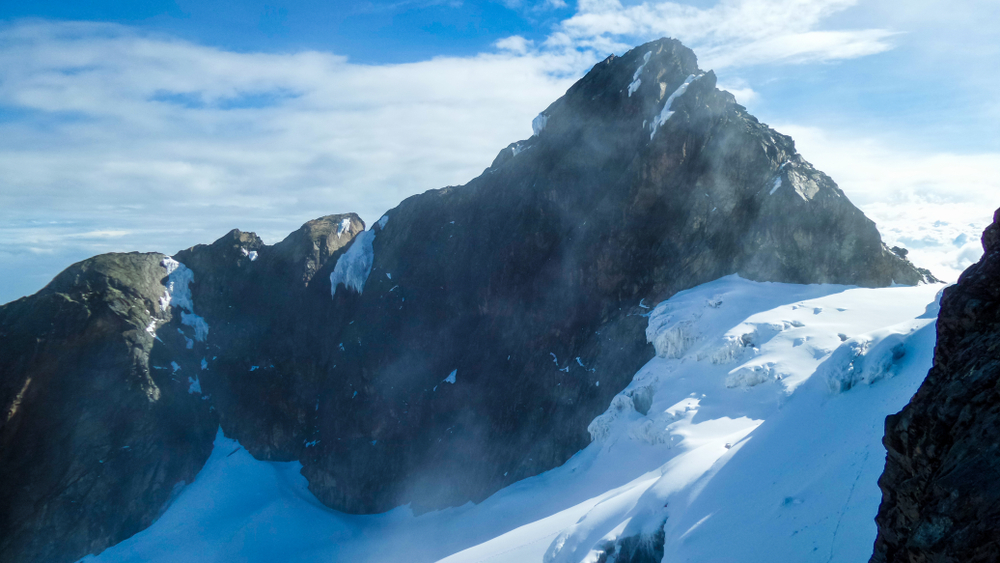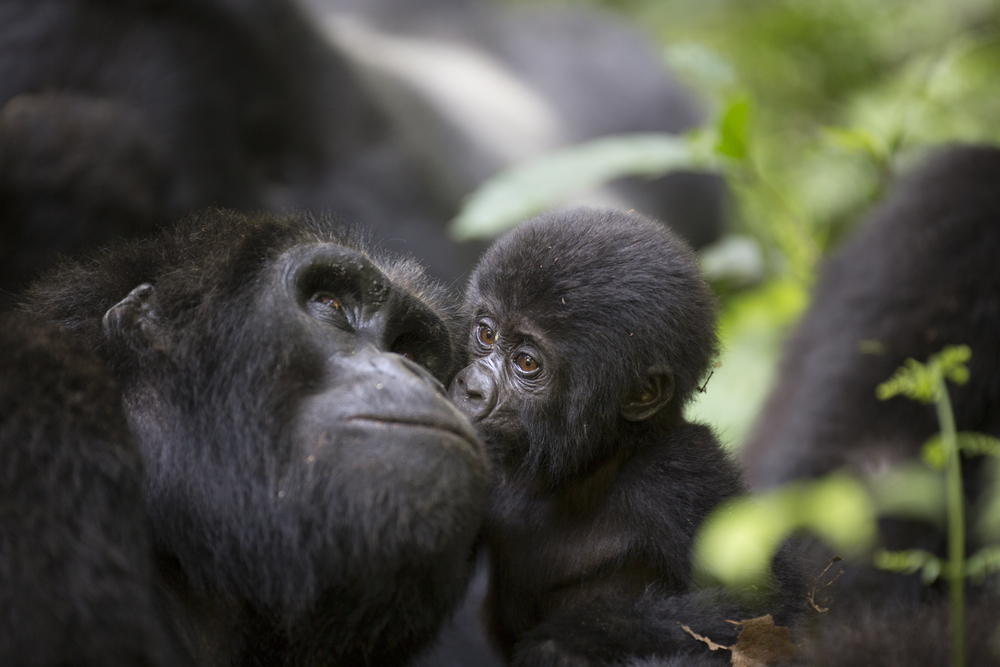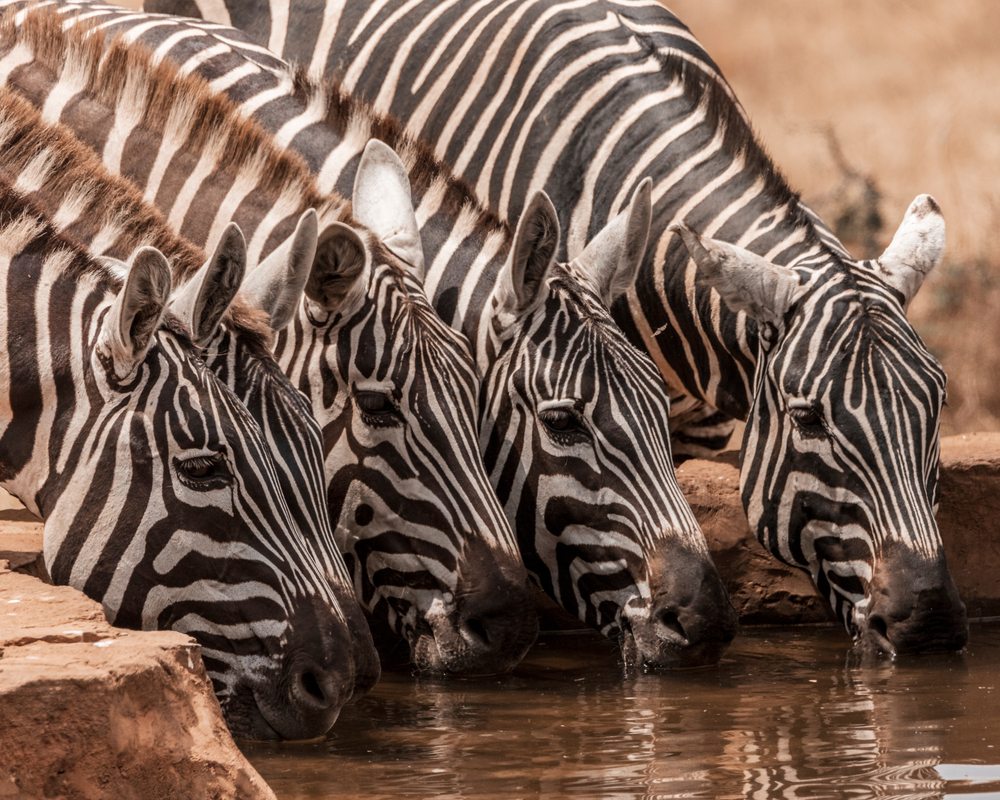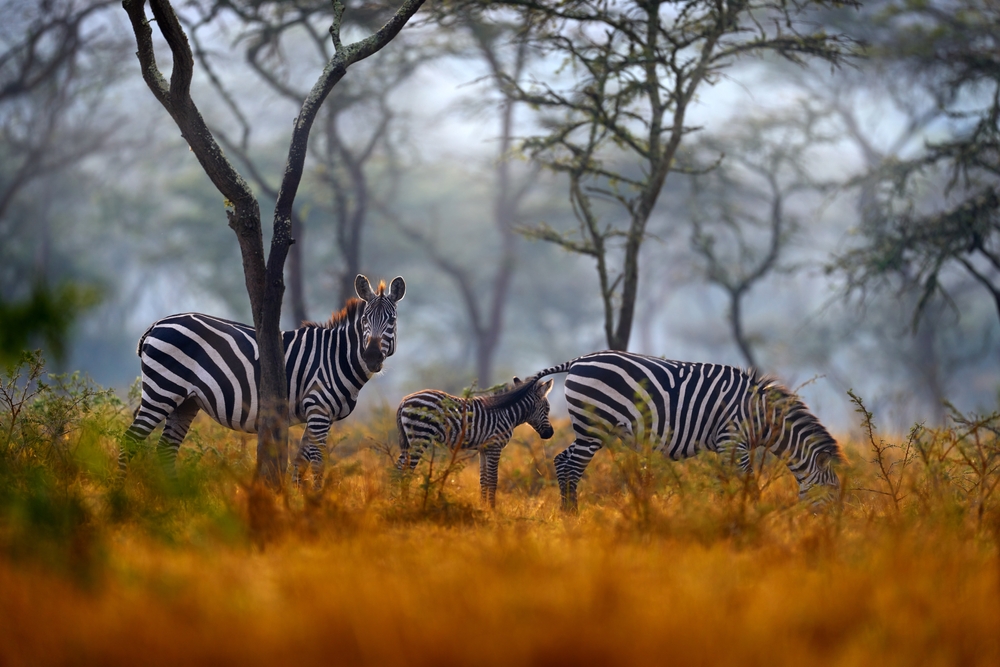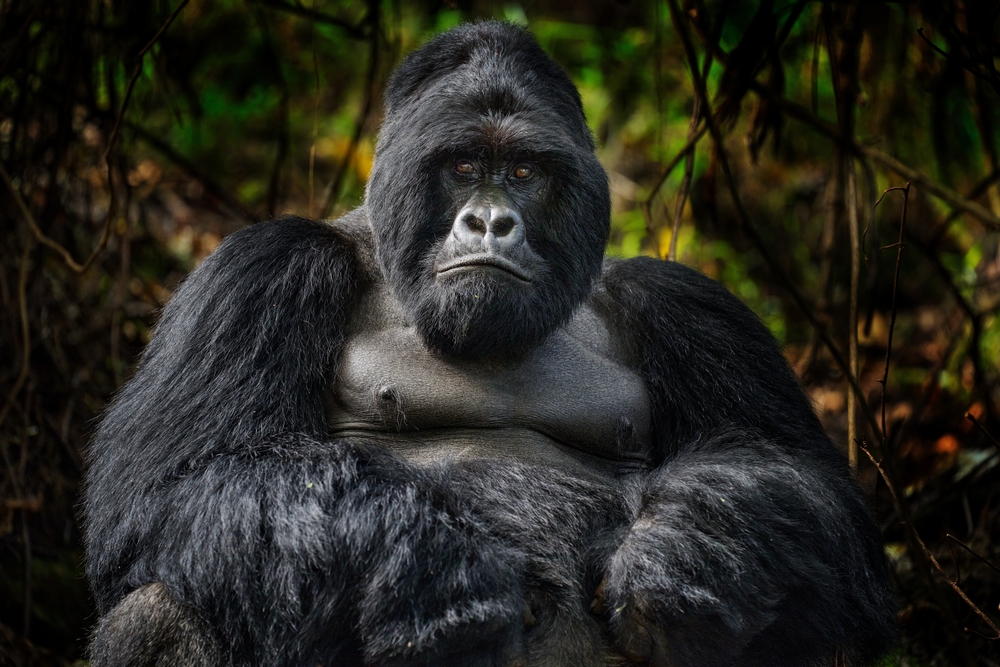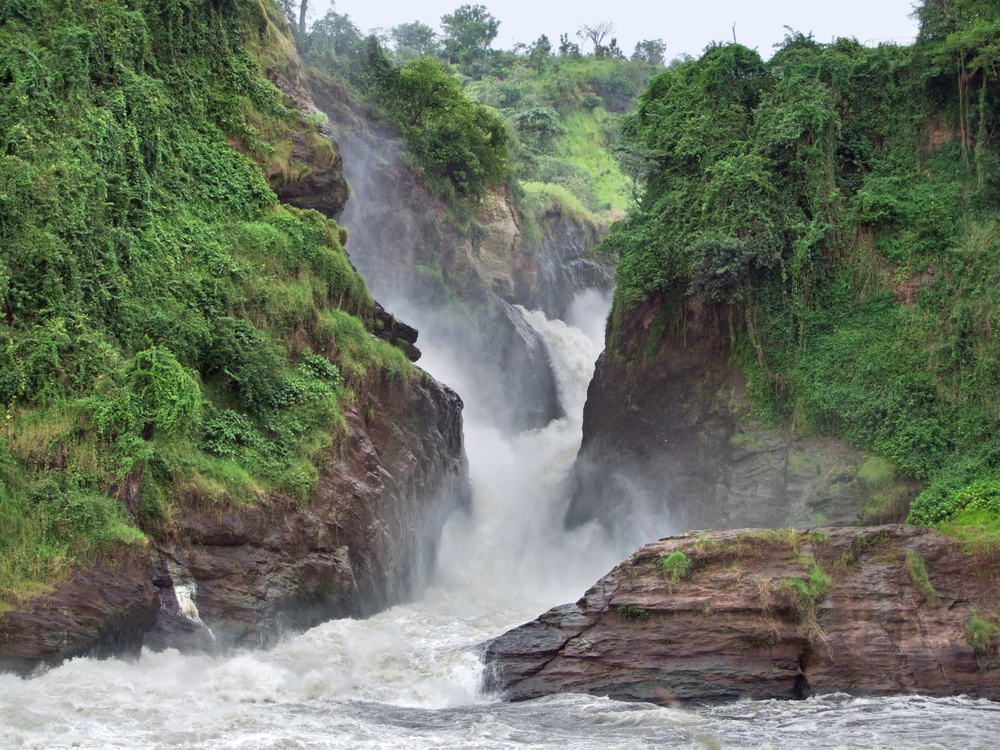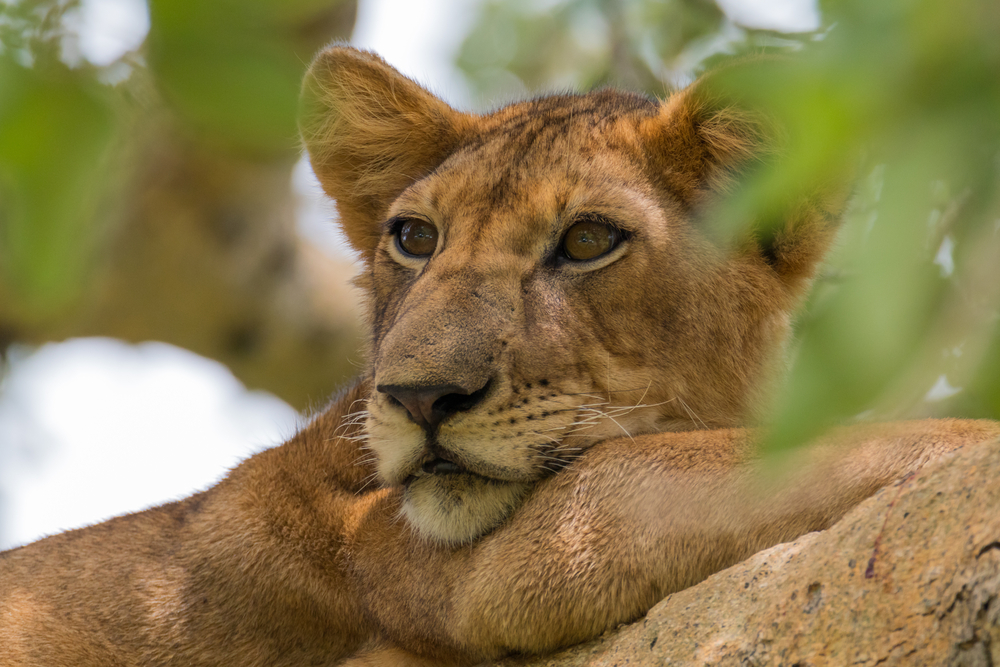Rwenzori Mountains Overview
Rwenzori Mountains National Park, known locally as Ekibira kya Rwenzori, is a breathtaking UNESCO World Heritage Site located in western Uganda along the border with the Democratic Republic of the Congo. Covering approximately 996 square kilometers (384 square miles), this park protects the legendary Rwenzori Mountains, often referred to as the “Mountains of the Moon.” These majestic peaks, with their snow-capped summits and glacial rivers, are a rare equatorial wonder and one of Africa’s most awe-inspiring natural treasures.
The Rwenzori Mountains are the park’s centerpiece, with Margherita Peak on Mount Stanley standing as the highest point, reaching an impressive 5,109 meters (16,763 feet) above sea level. These mountains, part of the Albertine Rift Valley, boast dramatic landscapes of rugged peaks, deep valleys, glacial lakes, and cascading waterfalls. The combination of tropical montane forests, bamboo zones, and Afro-alpine meadows creates an otherworldly setting that makes Rwenzori National Park a premier destination for trekkers and mountaineers.
Waterfalls are a notable highlight of the park, with stunning cascades such as the Bujuku Falls and Mubuku River waterfalls adding to the visual splendor. The park is also home to glacial lakes like Lake Mahoma and Lake Bujuku, which reflect the towering peaks and provide peaceful resting points for hikers.
Rwenzori National Park is renowned for its exceptional biodiversity, harboring unique flora and fauna found nowhere else in the world. The park’s diverse ecosystems range from lowland forests to snow-covered peaks, supporting a variety of species adapted to each zone. Rare plant life thrives in the Afro-alpine zones, including giant lobelias, heathers, and groundsels, which create surreal, almost alien landscapes at higher elevations.
Wildlife in the park includes forest elephants, chimpanzees, blue monkeys, and the rare Rwenzori colobus monkeys. Visitors may also encounter duikers, bushbucks, and the elusive leopard. Birdlife is prolific, with over 217 species recorded, including the Rwenzori turaco, handsome francolin, and the scarlet-tufted malachite sunbird. The park’s unique altitude gradients make it an important refuge for montane bird species, attracting birdwatchers from around the globe.
Conservation efforts in Rwenzori Mountains National Park are critical to protecting its fragile ecosystems and unique biodiversity. The Uganda Wildlife Authority, in partnership with conservation organizations, focuses on mitigating the effects of climate change, which threaten the park’s glaciers and water systems. Community-based initiatives promote sustainable tourism and provide local people with economic benefits, fostering stewardship and reducing human-wildlife conflict.
Visitors to Rwenzori National Park can explore its wonders through multi-day trekking expeditions, including the iconic Central Circuit Trail, which offers access to the park’s highest peaks and glacial lakes. For those seeking less strenuous adventures, nature walks and birdwatching excursions reveal the beauty of the lower slopes and forests. The park’s unique landscapes and rich biodiversity make it an unparalleled destination for adventure seekers and nature enthusiasts.
In summary, Rwenzori Mountains National Park is a marvel of nature, offering dramatic peaks, stunning waterfalls, and exceptional biodiversity. Its rich landscapes and cultural importance make it a must-visit for anyone exploring Uganda’s wild and rugged beauty.








































































